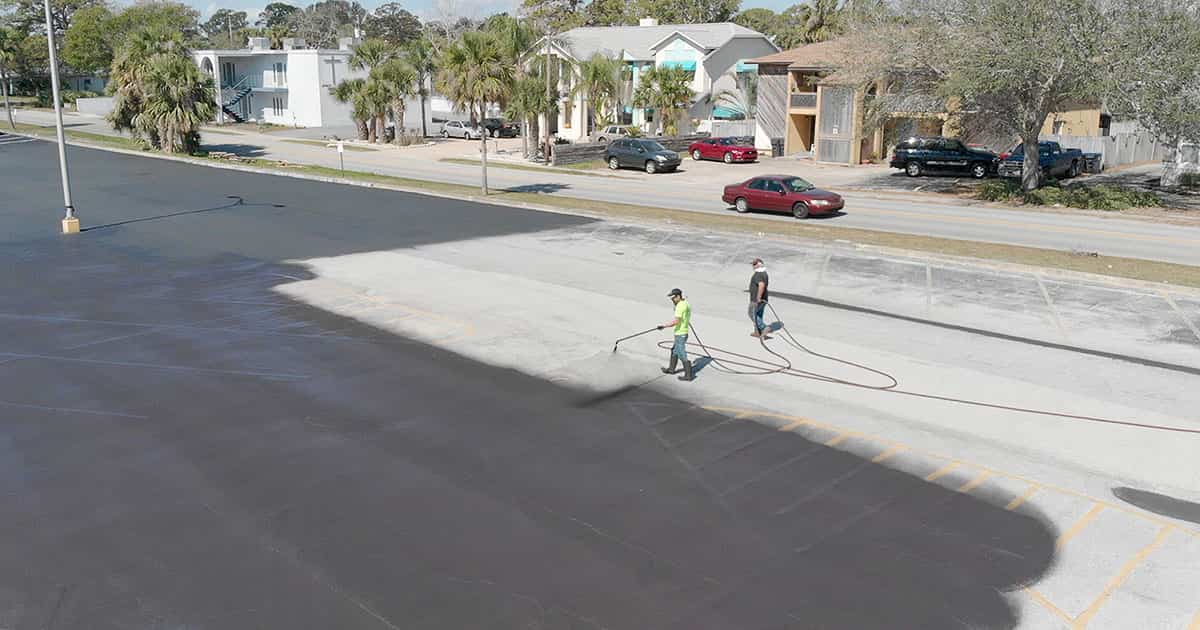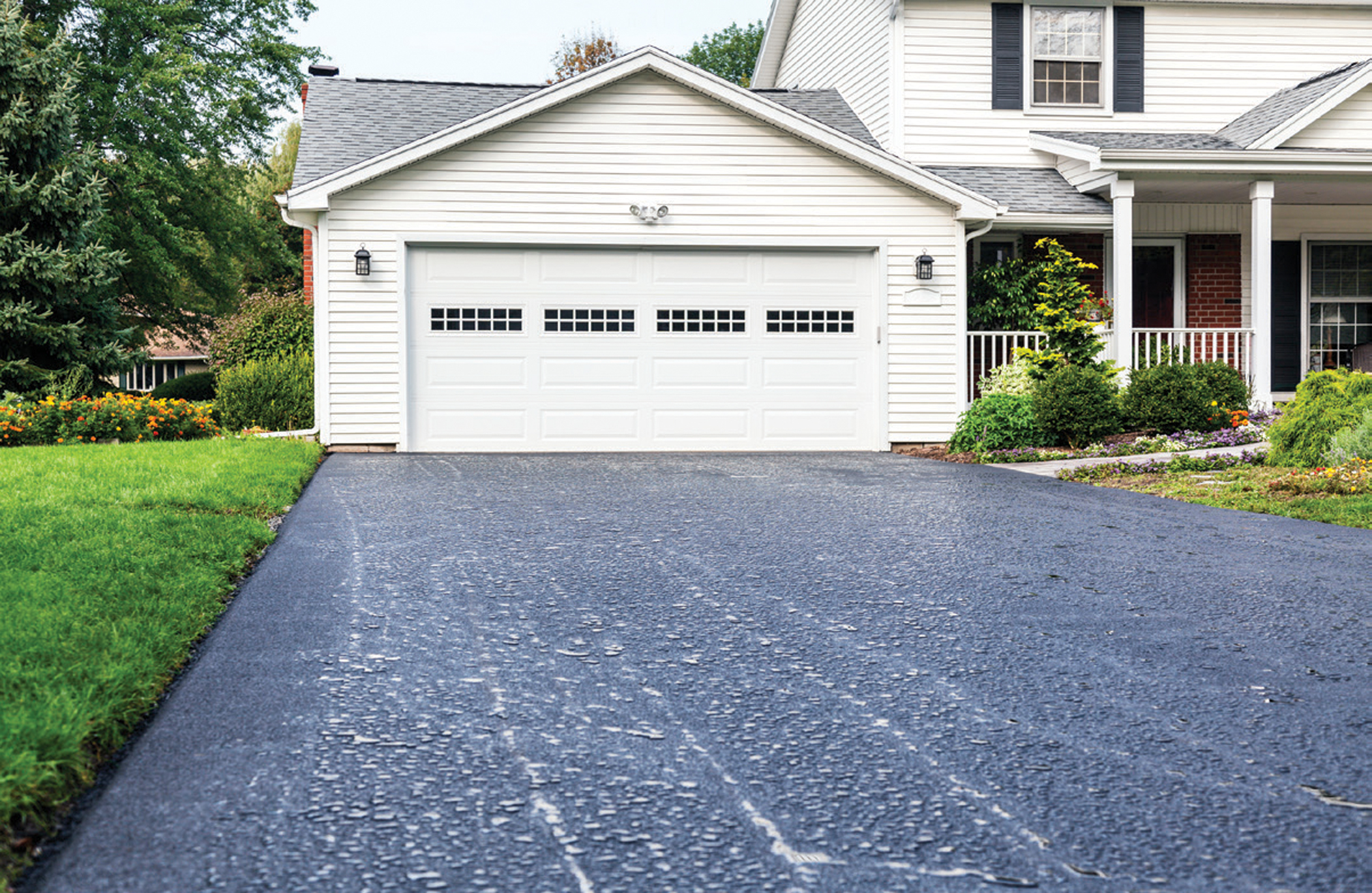Hot Mix Asphalt: A Lasting Option for Pavement
Hot Mix Asphalt (HMA) has emerged as a leading sustainable selection for pavement services, supplying a myriad of innovative innovations and environmental benefits. As the need for environment-friendly construction practices grows, discovering the nuances of HMA's sustainability can provide beneficial insights into the future of pavement services.
Environmental Benefits of Warm Mix Asphalt

Moreover, Hot Mix Asphalt helps to alleviate urban heat island results. Its dark color soaks up sunlight, minimizing the amount of warm mirrored back right into the atmosphere compared to lighter-colored pavements. This can lower ambient temperature levels in metropolitan areas, decreasing the demand for cooling and eventually reducing energy consumption.
On top of that, Hot Mix Asphalt contributes to improved stormwater management. Its porous nature allows water to penetrate the pavement and recharge groundwater products, reducing drainage and the threat of flooding. These ecological advantages make Warm Mix Asphalt a sustainable selection for leading roads and highways.
Energy Performance in HMA Production
Is energy effectiveness an important factor in the manufacturing of Hot Mix Asphalt (HMA)? Power plays a significant role in the manufacturing of HMA, affecting both expense and ecological sustainability. One key aspect of power performance in HMA production is the use of cozy mix asphalt (WMA) innovations.
In addition, innovations in plant modern technologies have led to more energy-efficient HMA production procedures. By optimizing energy usage in HMA manufacturing, the market can reduce its carbon impact while preserving top notch sidewalk materials.
Recyclability of Hot Mix Asphalt
The recyclability of Warm Mix Asphalt (HMA) is a crucial element of its sustainability and long-term environmental effect. HMA is just one of the most recycled materials in the USA, with over 100 million heaps of redeemed asphalt pavement (RAP) being reused yearly in brand-new sidewalk construction. Recycling HMA provides several ecological benefits, such as lowering the demand for virgin materials, lowering power intake throughout production, and decreasing the amount of waste sent to land fills.
The process of recycling HMA entails milling the existing pavement, crushing it into smaller pieces, and mixing it with new accumulation and asphalt binder to create a recycled mix. Generally, the recyclability of HMA plays a significant role in promoting lasting practices within the sidewalk sector.

Long-Term Performance of HMA
Asphalt pavements show longevity and durability over an extended period, showing the long-term performance of Warm Mix Asphalt (HMA) The durability of HMA can be connected to its capability to withstand heavy traffic tons, extreme climate condition, and the results of aging. Researches have actually revealed that properly designed and correctly constructed HMA pavements can last for two decades or even more with normal maintenance. The secret to optimizing the long-term efficiency of HMA hinges on making use of premium materials, following finest practices in construction, and applying effective upkeep methods. Correct water drainage, routine examinations, and prompt repair services are crucial for protecting the structural honesty of HMA sidewalks with Learn More time. Furthermore, improvements in HMA modern technology, such as the use of polymer-modified binders and warm mix asphalt, have further improved the resilience and long life of HMA pavements. By prioritizing top quality construction and maintenance methods, HMA proceeds to verify itself as a lasting and cost-effective remedy for durable pavement facilities.

HMA: Longevity and Sustainability
Showing both toughness and sustainability, Warm Mix Asphalt (HMA) has become a keystone in the building of durable pavement infrastructures - regrading. HMA's resilience originates from its capability to endure heavy lots, harsh climate condition, and high web traffic volumes, making it a reputable option for streets, freeways, and flight terminal runways. The structure of HMA, which normally consists of aggregates, binder, and filler, plays an important role in improving its long life and resistance to tear and put on
Moreover, HMA's sustainability hinges on its recyclability and energy-efficient production procedure. The capability to reuse recovered asphalt sidewalk (RAP) in new HMA combinations decreases the demand for virgin materials and decreases the environmental influence of pavement construction and maintenance. Additionally, the power effectiveness of generating HMA depends on its reduced blending temperature levels contrasted you could try this out to various other sidewalk materials, bring about decreased power usage and greenhouse gas discharges.
Conclusion
In final thought, hot mix asphalt (HMA) uses a lasting service for sidewalk with its environmentally friendly characteristics. HMA's recyclability, power efficiency in production, and long-term resilience make it an eco-friendly option for road construction.
HMA is one of the most recycled materials in the United States, with over 100 million bunches of recovered asphalt pavement (RAP) being reused each year in new sidewalk building.The process of reusing HMA involves crushing the existing pavement, squashing it right into smaller sized items, and mixing it with brand-new accumulation and asphalt binder to create a recycled mix.Asphalt pavements show sturdiness and resilience over an extensive duration, showing the lasting performance of Hot Mix Asphalt (HMA) Additionally, developments in HMA technology, such as the use of polymer-modified binders and cozy mix asphalt, have actually additionally boosted the toughness link and long life of HMA sidewalks. The capacity to recycle redeemed asphalt sidewalk (RAP) in brand-new HMA mixes lowers the demand for virgin materials and decreases the ecological effect of pavement construction and maintenance.
Comments on “Maximize Longevity: Hot Mix Asphalt Sealing for Angled Parking Frameworks”